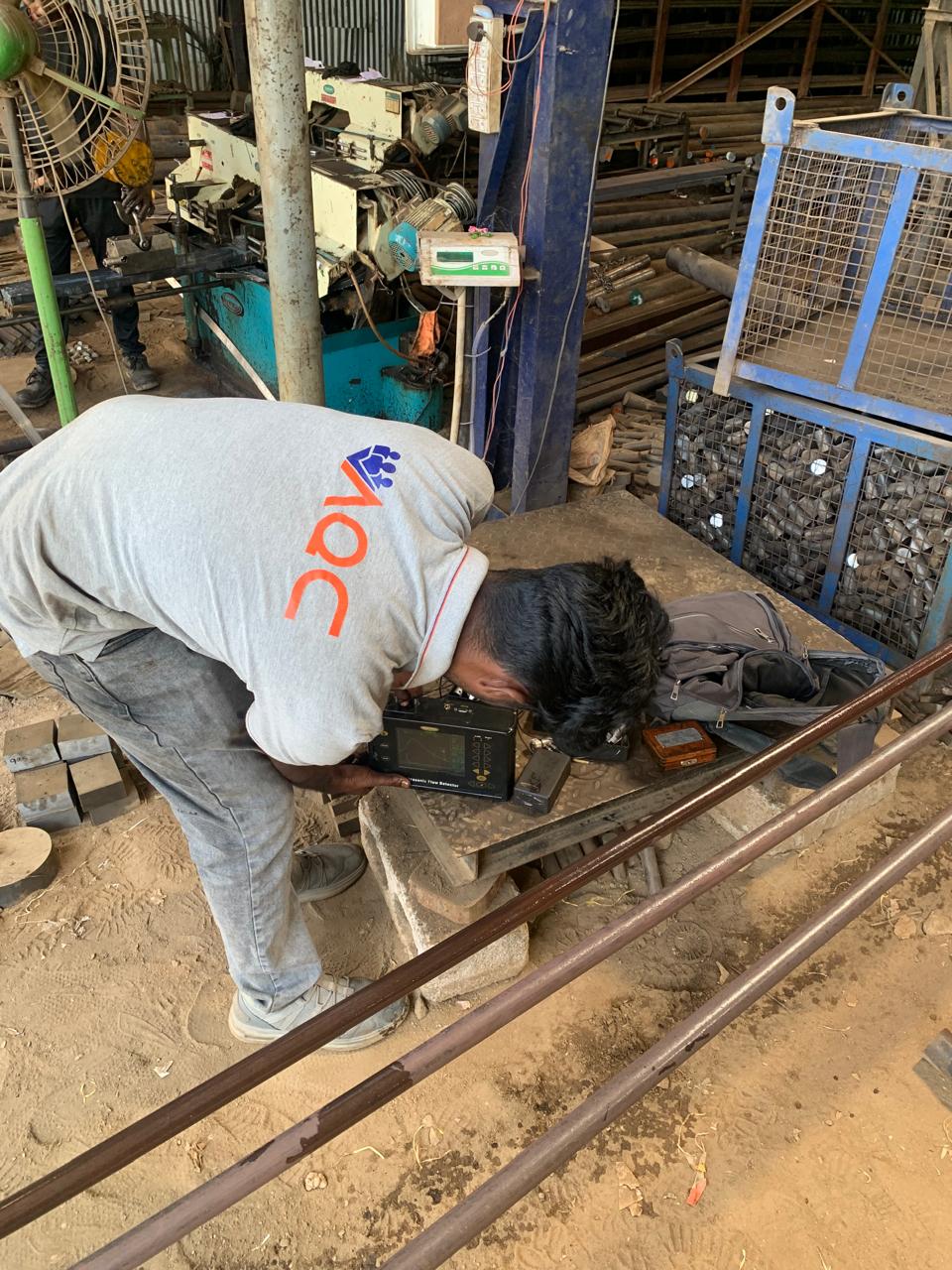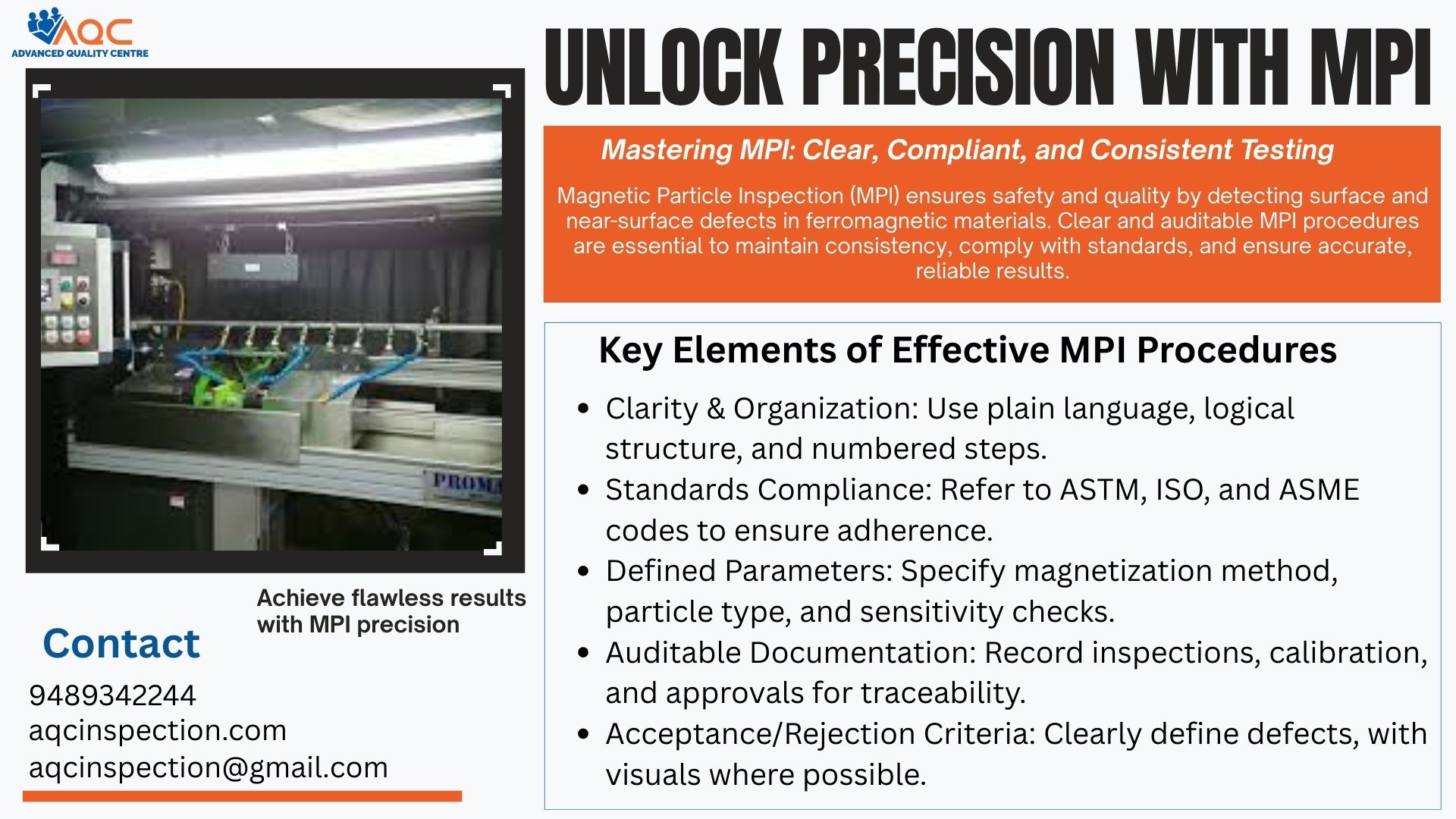Ultrasonic Test of smaller Dia shafts
Is scanning of shafts lesser than diameter 50mm is possible ?
Yes, scanning of solid rods or shafts of small diameter such as 20mm , 25mm, 30mm, 35mm,etc is possible using curved wedges for T-R probe and angle probes , I prefer to use miniature probes as shown below for scanning of small diameter shafts.
How to scan shafts with Ultrasonic Testing Machine/ Flaw detector ?
&
Which is the correct method to scan a shaft?
For scanning of what’s , the below 3 scans are essential :
1. Circumferential & longitudinal scan using 0• or TR probe ( detects internal piping shrinkage )
2. Longitudinal scan using Angle probe ( detects transverse crack )
3. Radial scan using Angle probe ( detects longitudinal cracks )
Note: for crack detection using Ultrasonic testing , the cracks should be little deep ( at least 5mm deep ) , an surface crack detection method such as Magnetic Particle Testing or Eddy current testing is preferred along with Ultrasonic testing to detect cracks so that the angle probe scan can be omitted.
Also for ultrasonic test of shafts / solid rods ,
Making an DAC curve is most preferable before scanning of shafts .
The DAC blocks shall be as follows
1. Flat Bottom Hole ( FBH ) block for normal probe / TR probe
2. A transverse V notch block for 60*/45* Angle probe , square notch block for 70* Angle probe – for longitudinal scan
3. A radial Square notch block for Radial Angle probe scan .

For more information or training on Ultrasonic scans , please feel free to reach us on mobile :09489342244, phone: 04224342244, email: [email protected], website: https://aqcinspection.com/
Visit our technical and career updates at our Blog site https://advancedqualitycentre.blogspot.com . or
https://ndtcenter.blogspot.com
Subscribe our youtube channel to know more practical explanations https://aqcinspection.com/



